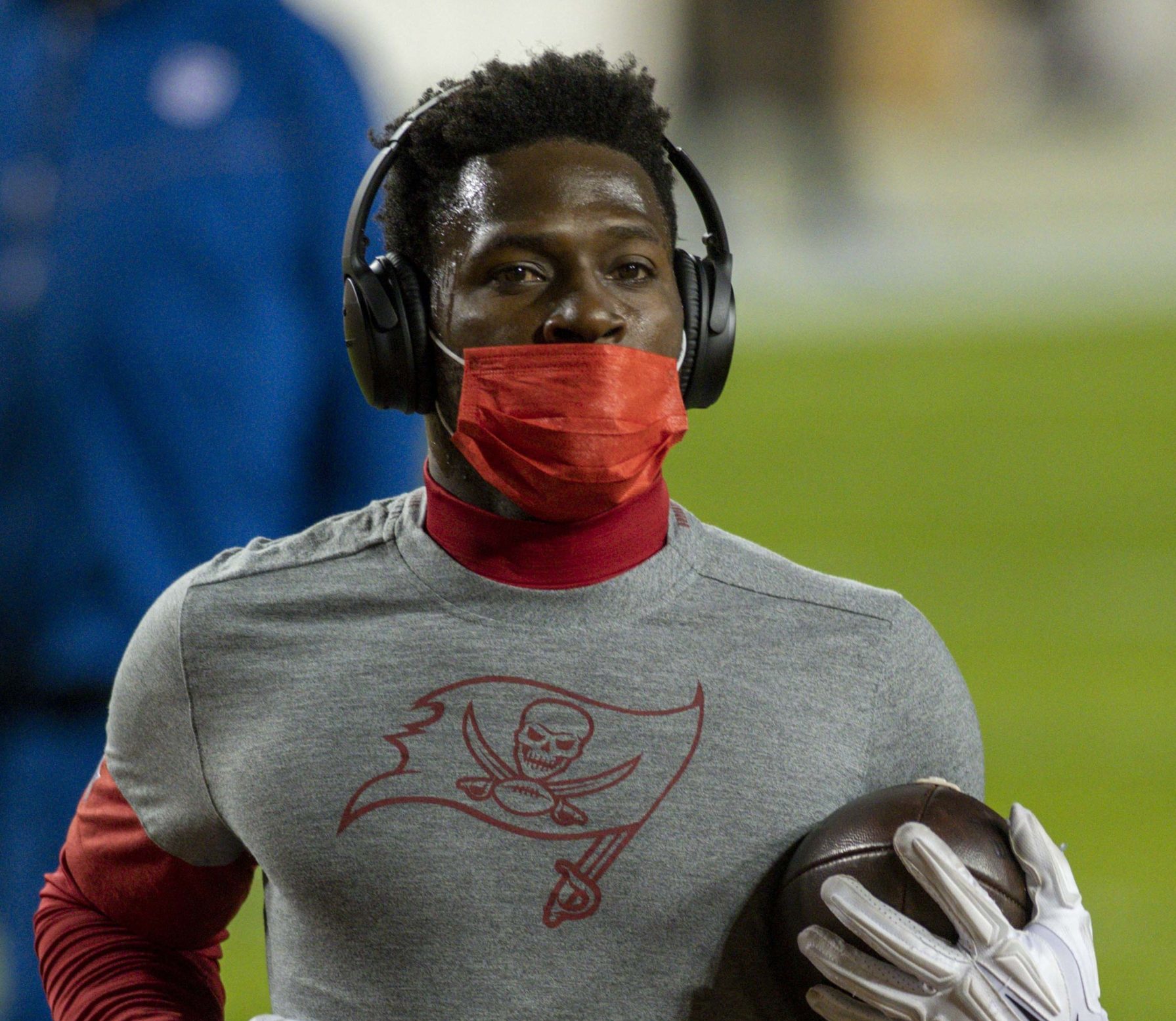Unlike the USFL and XFL, the AAF is banking on football royalty, talent and financial smarts to build longevity.
When the NFL season ends on the first Sunday in February, The Alliance of American Football (AAF) begins.
On Saturday night, the inaugural season began with a bang, literally.
This is an AAF sack 😳
🎥 @CBSSports pic.twitter.com/0iMkKznfcO
— SB Nation (@SBNation) February 10, 2019
And with the League’s first viral meme, the AAF announced its arrival.
While the Alliance of American Football is not the first pro football league to not be named the NFL, rivals including the USFL and the XFL, it aims for credibility and longevity through strategies vastly differing from the aforementioned leagues.
Co-founded by Bill Polian and Charlie Ebersol, the latter pushing the idea of the AAF after producing the “30 for 30” documentary “This Was The XFL”, the management team feels they have a strategy in place that will produce long term results. Judging from the ratings from the opening night games, they might be on the right track.
“We’re not competitive. We’re complementary,” said Ebersol. “We look at the NFL as, we’re going to support your existence, let them play in your league, put content on your network. They’re a partner. The goal is to improve and support the ecosystem of football.”
“We’ve done this in nine months because of so many great former NFL people who are excited to do it, excited to be in it,” said Polian. “We started with nothing, and we [opened] it up on Saturday with eight teams playing what I think will be pretty good football.”
“That’s a credit to the people involved. We could not have done it if we had not had quality former NFL people.”
The wait is over.
The Alliance is here. #JoinTheAlliance pic.twitter.com/7yfw0woroL— The Alliance (@TheAAF) February 9, 2019
While the XFL had the presentation and the rules that favored a more a hard hitting play style, it never had the talent on the field to match it. The USFL had a few big names, but big contracts, financial instability and Donald Trump ultimately killed the league.
The AAF remedies the issues which plagued the other two leagues as it is complete with NFL hall of famers, well known coaches and athletes who, while still in their primes, won’t break the bank. This includes names like Troy Polamalu, Steve Spurrier and Trent Richardson. The AAF also has distribution across four networks (CBS, CBS Sports, Turner and the NFL Network), a streaming property (B/R Live) and satellite radio (Sirius XM). Finally, the League owns its own mobile app, where it will stream games and offer fantasy based game play.
The season will run for 10 weeks and the eight teams are based in Atlanta, Birmingham, Memphis, Orlando, Tempe, Salt Lake City, San Antonio and San Diego.
With the strong debut ratings, salary structure, management team, and diverse broadcasting model, the AAF has a promising future. Now let’s see what happens in week 2.



